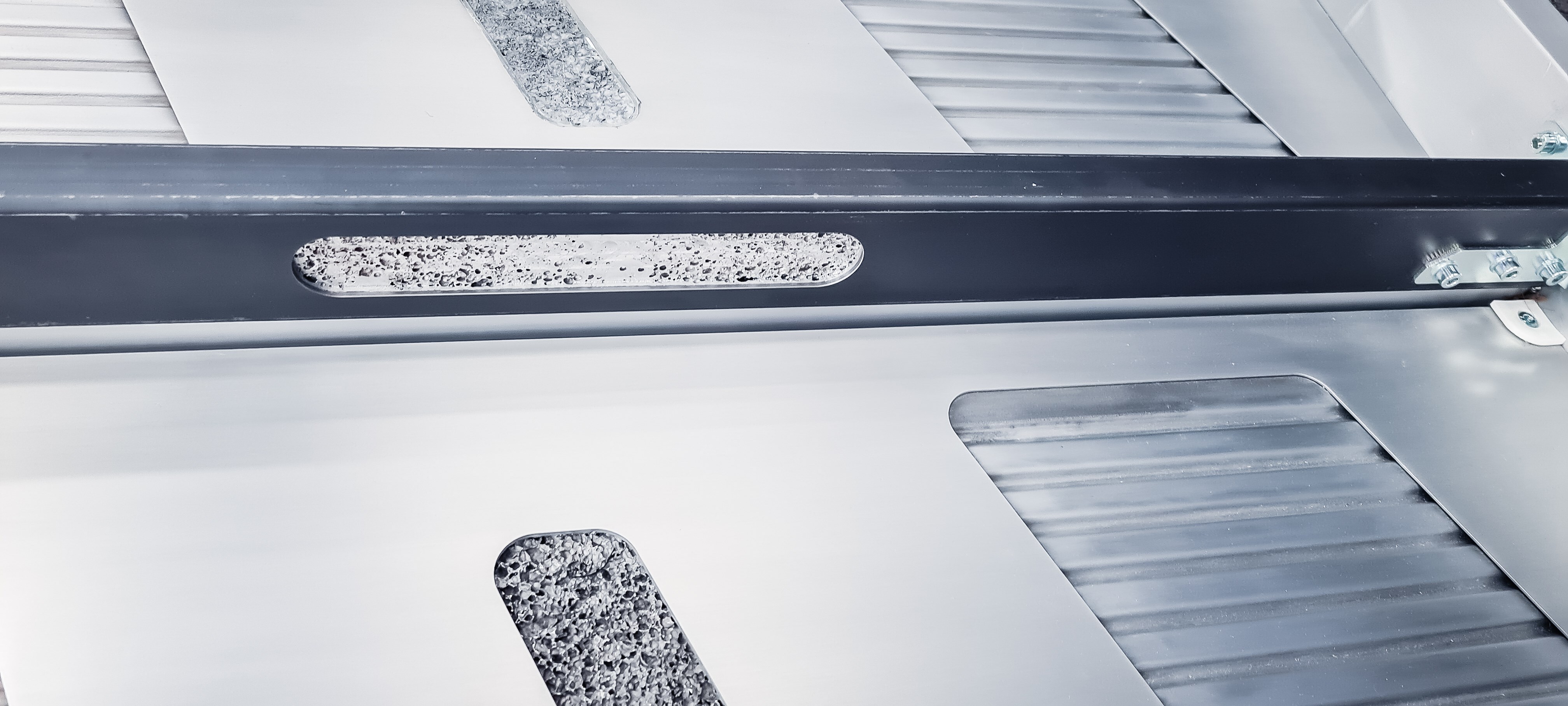

Fraunhofer Institute for Machine Tools and Forming Technology (IWU) and Amsted Automotive have developed a new electric vehicle (EV) battery using aluminium foam sandwich (AAS) structures. The battery uses two sheets of aluminium covering a small closed-cell aluminium foam. It is developed to enhance the efficiency of thermal management of the battery, along with increasing its durability.

As per Fraunhofer, the AAS housing could be produced in numerous ways, like AAS, AAS with infiltrated phase change material, AAS with an integrated cooling structure and AAS with both a cooling structure and PCM.
Explore- Most accurate data to drive business decisions with 50+ reports across the value chain
Fraunhofer IWU says that integrating PCM within closed-cell aluminium foam enables substantial thermal energy storage or release, which can help manage battery temperatures during operation or charging, a priority for EV manufacturers”. The new feature used in the battery helps to absorb or release heat without significantly affecting its temperature, enhancing the overall efficiency of the lithium-ion battery by controlling its temperature.
Also Read: Lithium-ion batteries get a major performance upgrade from Altech's silicon technology
Fraunhofer IWU researcher Dr Thomas Hipke said, “We are increasingly using recycled material to produce the aluminium foam. Not only is this significantly more cost-effective, but it also greatly reduces the CO2 footprint”.
Don't miss out- Buyers are looking for your products on our B2B platform
Responses








